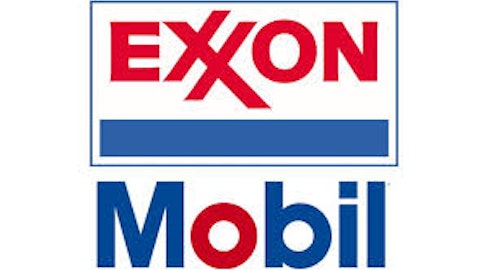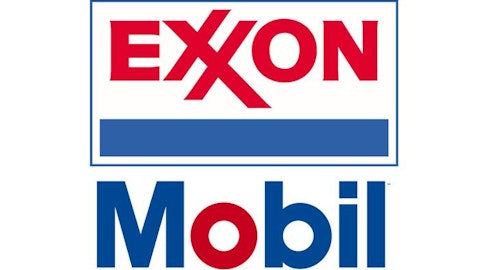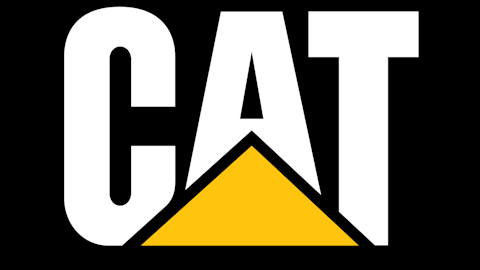On June 28, the Shah Deniz gas field consortium in Azerbaijan awarded the Trans Adriatic Pipeline (TAP) the privilege of delivering the newly tapped gas supply to Europe. If developments continue to move at this speed, the final investment decision will be made sometime in October 2013 and production is due to start in 2018 with the first volumes arriving in Europe by 2019.
This is a major boon to shareholders of the consortium, which include BP plc (ADR) (NYSE:BP) (25.5% of the share), Statoil ASA (ADR) (NYSE:STO) (25.5%), TOTAL S.A. (ADR) (NYSE:TOT) (10%), and LUKOIL (ADR) (OTCMKTS:LUKOY) (10%), as 31 trillion cubic feet of gas will soon be connected to the European grid through the South Caucasus pipeline, the proposed Trans-Anatolia Natural Gas Pipeline, and the recently awarded TAP.
Furthermore, the timeline of the project parallels the expected recovery of the demand for hydrocarbon resources in Europe after its collapse from 588 billion cubic meters in 2010 to 518 billion cubic meters in 2012.

Likewise, BP plc (ADR) (NYSE:BP) is developing new technology to exceed the deepwater drilling limits of 15,000 psi and 250 degrees Fahrenheit so that it can expand gas production in the Caspian Sea. Testing at the Shafag-Asiman field is still three years away, but its conclusion promises to significantly increase production capacity, pushing beyond the projected 16 billion cubic meters per year output of the Shah Deniz project’s second phase.
This massive push to develop the Caspian gas fields also signifies the importance of other natural gas fields for the European market. According to the Economist Intelligence Unit report from July 2013, Shah Deniz will be an important additional source of energy for Europe, but will not be a game-changer for the overall gas supply. This presents opportunities for other natural gas producers who are looking to enter the European market.
Reducing reliance on Russia
Part of the drive for Caspian gas comes from the long standing conflict between Russia and Europe over natural gas. Russia had supplied more than 70% of Europe’s imports in the early 1990s, but with the development of Norwegian and Nigerian natural gas, the share of Russian gas had dropped to around 32% by 2010. Nonetheless, the Russian Federation is still the largest exporter of natural gas to Western Europe and EU is still looking to reduce its reliance on Russian sources.
Although many analysts now assess that Russia is more dependent on the European market than Western Europe is to Russian supply, Russia’s reserves are the largest in the world and its proximity to Europe presents an advantage that will challenge diversification efforts.
…but Turkmenistan won’t budge
Turkmenistan is believed to have one of the largest natural gas reserves on the Caspian Sea and production at the Galkynysh field is expected to begin later this year. Production in Turkmenistan will be a crucial piece to Europe’s policy of diversifying its import sources and President Berdymukhamedov promised EU Energy Commissioner Gunther Oettinger that 30 billion cubic meters could be supplied to Europe in the near future.
However, this seems increasingly unlikely as Ashgabad appears uninterested in working with European partners in the face of ongoing projects to supply China. In September 2012, the president did not even bother meeting Commissioner Oettinger when he visited Ashgabad.




